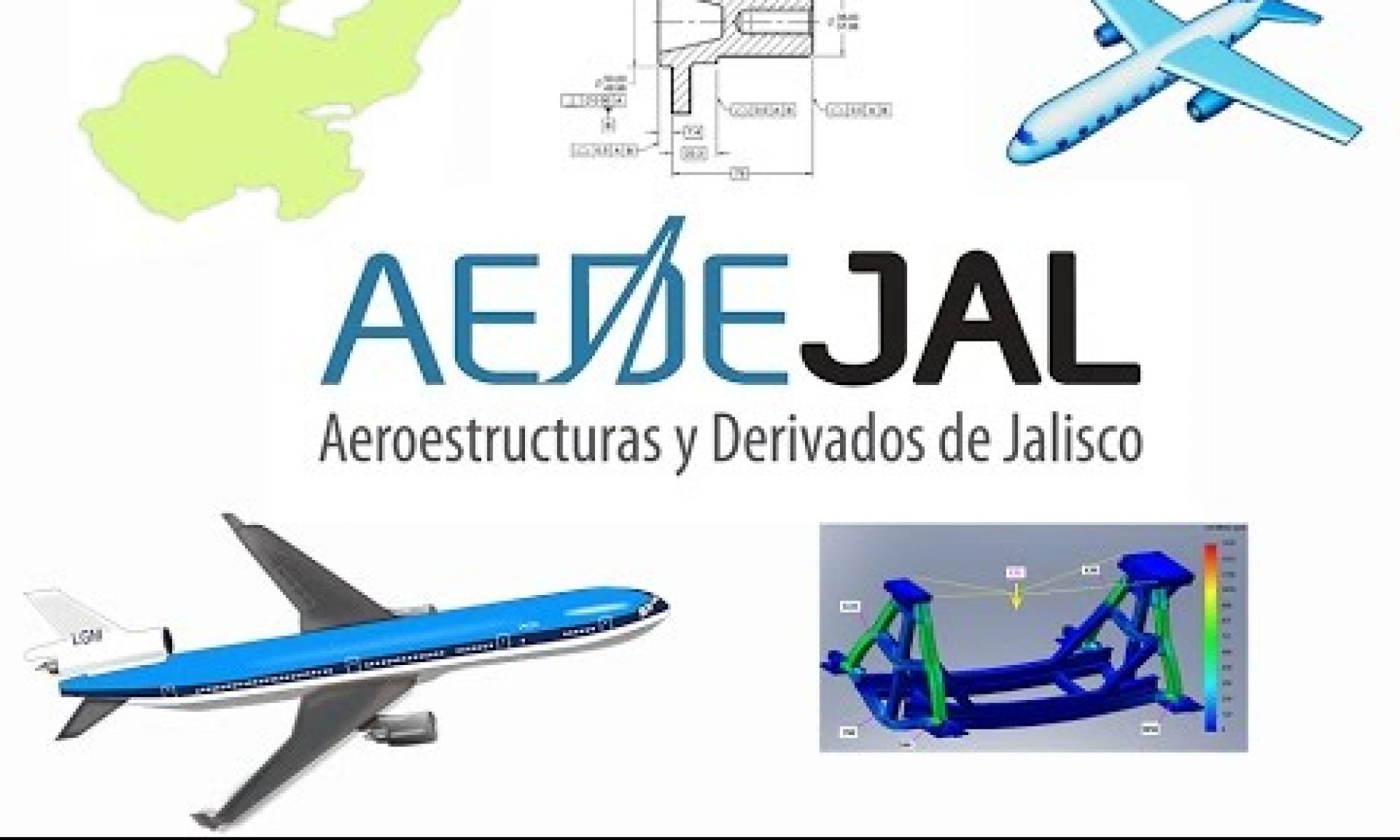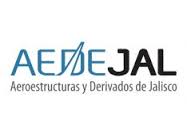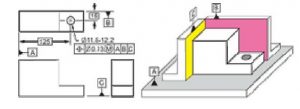| Who should attend:
All those who use GD & T to design, produce and inspect parts: mechanical engineers, designers, managers, production planners, quality inspectors, mechanics, etc.
Course Highlights:
The workshop is based on a series of goals and objectives. It includes numerous practices problems and in-depth coverage of Dimensioning and Tolerancing. You will learn the benefits of GD&T and the ability to interpret GD&T on drawings.
Course description (2 days)
You’ll discover the major pitfalls of traditional coordinate tolerancing – and how they may overcome by using Geometric Tolerancing. Then, starting with your basic blueprint knowledge, you’ll learn the symbols, terminology and rules of Geometric Tolerancing as prescribed in the standard (ASME Y14.5M 1994). Also you will learn the relationship between tolerances and how the most economically apply the concepts.
|


